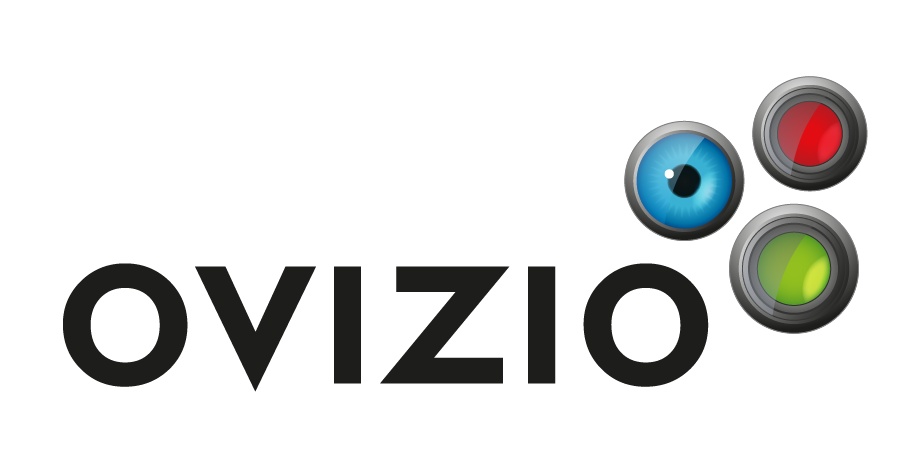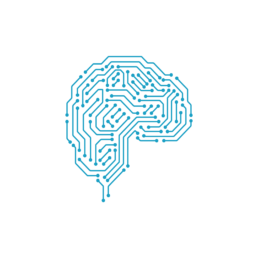Machine Learning
How does it work?
For machine learning, computers use Artificial Intelligence (AI) algorithms to automatically learn how to perform a specific task without being explicitly programmed to do so. ML algorithms are mostly built by showing the computer examples of data related to a specific task. For instance, if the customer’s purpose is to identify whether a cell is alive or dead on an image, one possibility is to create a ML model called a binary classifier. To do so, the ML model is shown a dataset of images of living and dead cells recorded with our technology, which it uses to adjust its parameters to detect relevant cell features and make correct predictions.
In the OsOne software, machine learning (ML) algorithms have been developed to identify different objects or states of a cell culture or single cell. For instance, some of the current OsOne ML models allow the detection of dead cells, activated cells, viral infection, beads, and more.
Supervised and unsupervised ML are two different types of ML approaches.
The classification of living and dead cells mentioned on the OsOne page is called supervised learning because examples of cell images are given to the computer with the expected predictions, i.e., “this image shows a live cell, that image shows a dead cell”. We call this “labelling the examples”. Sometimes, those labels are not available. For instance, a customer has recorded a dataset of cell images with the only known information being that 10% of them are infected. To identify the infected cells, unsupervised learning tools like clustering methods can be employed. In general, those algorithms are good at detecting some structure in the data to discriminate between different populations.
Depending on the customer’s challenge, supervised and unsupervised ML methods can be combined to build the best ML model.
Ovizio services can create custom ML models depending on the client’s needs.
For example, in order to identify if a cell is alive or dead by creating a binary classifier, we need to:
- Create a dataset of examples containing cell features or images associated with the two populations. This is made by recording cell images with our technology.
- Link references to the datasets that correspond to the expected output of the model. This is the “labelling examples” step. In this case, the example labelling relies on customer references such as the viability percentage obtained with a standard cell counter.
- Feed the examples into the ML algorithm that will adjust its prediction making to be as close as possible to the references. This step is called the ML model training.
- Validate the trained model with new data.
In order to be as efficient as possible, Ovizio provides a suggested workflow to guide the customers in carrying out their request.
The training step is an iterative process that is very similar from one ML algorithm to another and can be summarized as follows:
- One image or set of cell features obtained from the OsOne segmentation is shown to the ML model.
- The model makes a prediction.
- An error metric is calculated, i.e., in the case of supervised learning, the ML model prediction is compared with the expected answer via a comparison error metric, while in unsupervised learning, another specific error metric is computed.
- The parameters of the ML algorithm are tweaked to decrease the error and bring the ML model’s prediction closer to the expected output.
- The process is repeated with new images or a new set of cell features.
The efficiency of building a ML model mainly relies on the quality of the available training set. In order to obtain fast and robust models, the training data set must:
- Be sufficiently large.
- Be as balanced as possible.
- Be representative of the data that the ML model will process once created.
- Be of a high enough quality to capture relevant cell features (e.g. no blurry images).
- Show visible image differences between the populations types.
Need any technical help?
Please email us at support@ovizio.com
T: +32 2 600 50 90
E: info@ovizio.com
Ovizio Imaging Systems NV/SA
Av. Kersbeek 306
1180 Uccle / Belgium
Website by Monkeys not Donkeys

